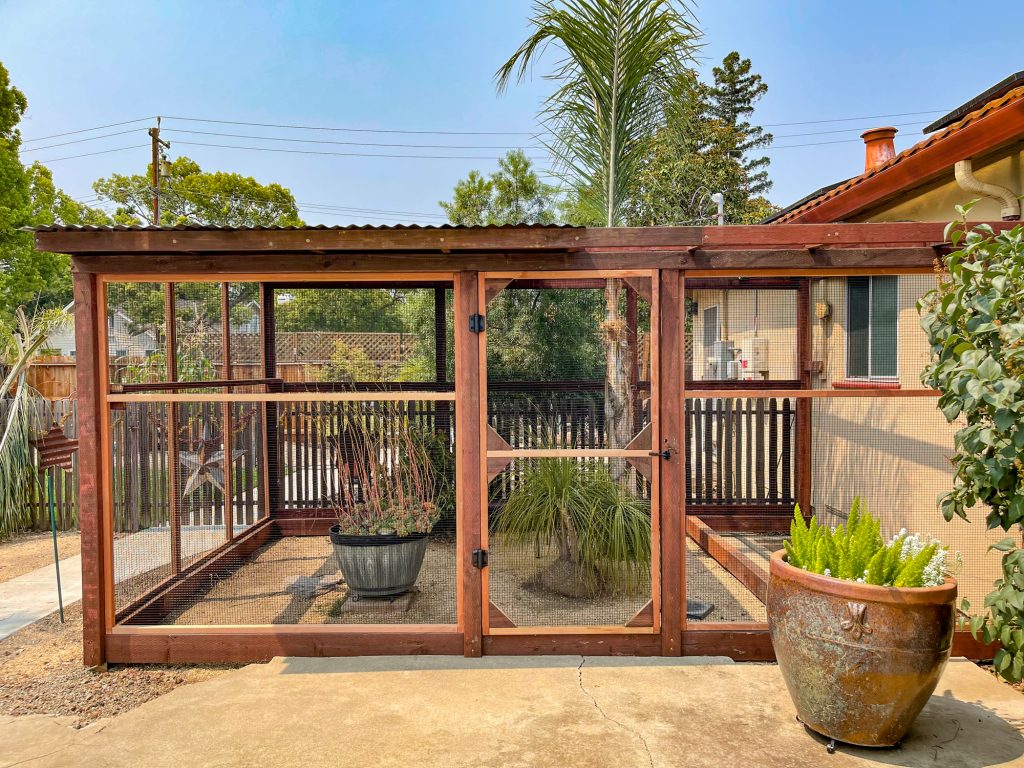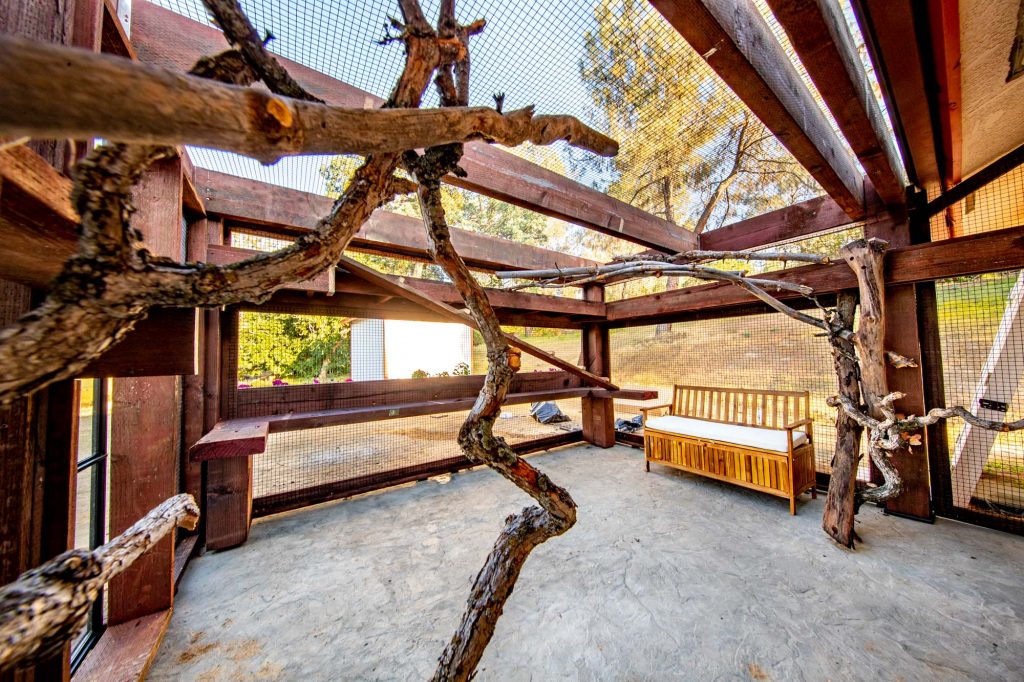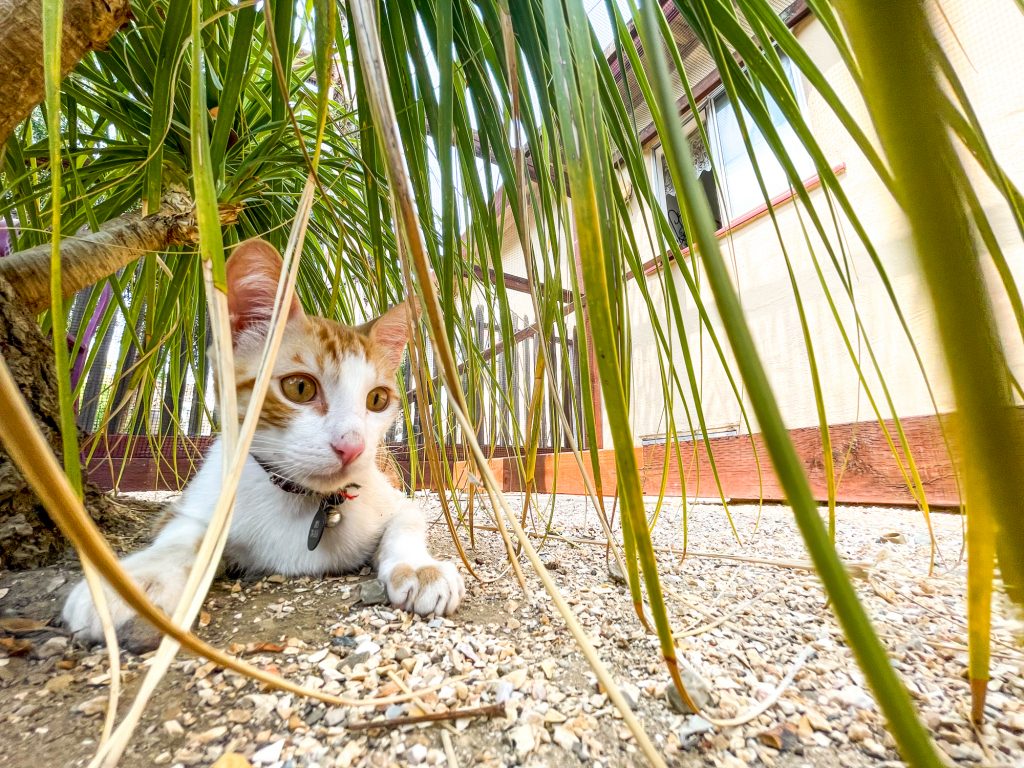
Fostering kittens in a catio can be a rewarding experience for both the kittens and their human caregivers. A catio, also known as a cat patio or cat enclosure, is a fenced-in outdoor space that allows cats to enjoy the fresh air and stimulation of the outdoors while still being safely contained.
Safety Precautions
1. Choose a secure and properly fenced catio
If you’re considering fostering kittens in a catio, there are a few important tips and tricks to keep in mind to ensure the safety and well-being of the kittens.
First and foremost, it’s important to make sure the catio is secure and properly fenced. This is especially important when it comes to kittens, as they are small and curious and may try to escape or squeeze through small gaps. There are several types of fencing that can be used in a catio to keep kittens safely contained.
Fencing with small gaps
One effective option is fencing with small gaps, such as 1×1 inch openings. This type of fencing is secure because it prevents the kittens from getting stuck or squeezed through the gaps, which can be a risk with larger openings.
Welded Wire Fencing
Another option is welded wire fencing, which is made of small, closely spaced wire that is welded together to form a strong and secure barrier. This type of fencing is also effective at keeping in small kittens, as it is difficult for them to fit through the gaps.
Chain Link Fencing
Chain link fencing is another option, but it is not as secure as welded wire fencing or fencing with small gaps, as it has larger openings that kittens could potentially fit through or get stuck in.
Regardless of the type of fencing you choose, it’s important to make sure it is properly installed and secured to prevent the kittens from escaping. It’s also a good idea to invest in a secure latch or lock to keep the kittens safely contained.


2. Choose Safe Plants
When it comes to plants, it’s important to be mindful of what you include in the catio. Some plants can be toxic to cats, especially kittens, so it’s important to research and choose plants that are safe for feline companions. For more info please read our blog post about non-toxic plants for cats.
Toxic Plants for Cats
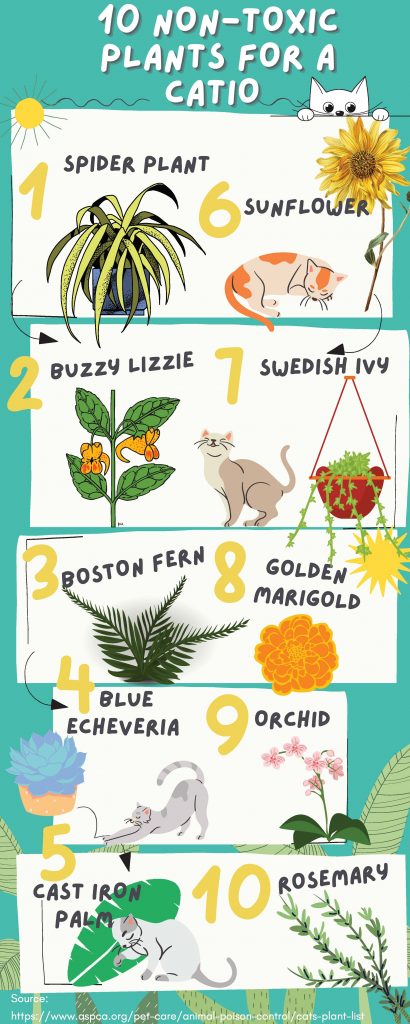
3. Consider other safety features
In addition to the fencing and plants, there are a few other safety features to consider when fostering kittens in a catio. One important safety feature is a shelter or shaded area where the kittens can retreat to if they get too hot or need some quiet time. It’s also a good idea to provide plenty of toys and climbing opportunities to keep the kittens entertained and engaged.
4. Be aware of potential predators
It’s also important to be aware of potential predators when kittens are in a catio. Kittens are small and vulnerable and may not be able to defend themselves against larger animals. Some common predators to be aware of include:
Dogs
Depending on the size and temperament of the dog, they may pose a threat to kittens in a catio. Even well-trained and friendly dogs may instinctively prey on small animals, so it’s important to keep a close eye on any interactions between dogs and kittens.Hawks and other birds of prey
Hawks and other birds of prey may view small kittens as potential prey, and may attack them if given the opportunity. It’s important to keep an eye on the sky and to bring kittens inside if you see any birds of prey nearby.Coyotes
Coyotes may prey on small kittens if they come across them in a catio. It’s important to take steps to deter coyotes, such as using motion-activated lights or sprinklers, or installing a coyote rollers on the top of the fencing to prevent them from climbing over.Raccoons
Raccoons are curious and intelligent animals that may be attracted to a catio with food or other resources. They may try to attack or steal kittens if given the opportunity. It’s important to secure any food or resources in the catio and to take steps to deter raccoons, such as using motion-activated lights or sprinklers. By being aware of these potential predators and taking steps to protect the kittens, you can help ensure their safety while they are in a catio. If you have any concerns about potential predators in your area, it’s a good idea to consult with a veterinarian or wildlife expert for guidance.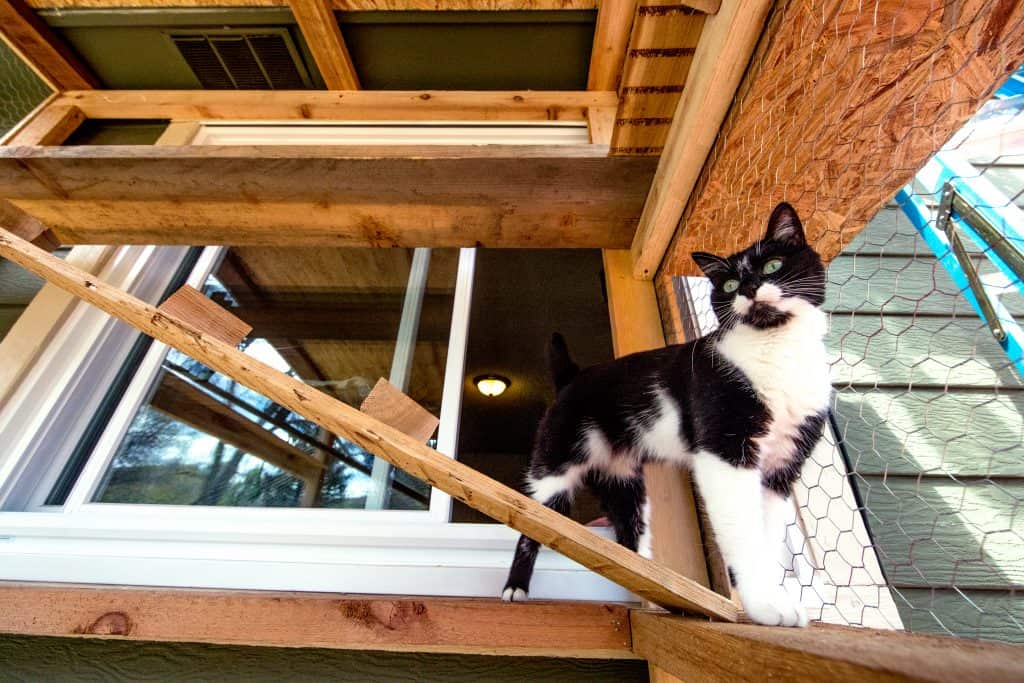


5. Monitor kittens closely
Finally, it’s important to monitor the kittens closely while they are in the catio, especially if they are still very young and not yet fully vaccinated. Kittens are particularly vulnerable to a variety of illnesses when exposed to the outdoors, as they have not yet fully developed their immune systems and may not have received all of their vaccinations. Some common illnesses that kittens can contract when exposed to the outdoors include:
Parvovirus
Click here for more information
This highly contagious viral illness can cause severe diarrhea and vomiting in kittens, and can be fatal if left untreated. Kittens can contract parvovirus from contaminated surfaces or feces, or from being in close contact with infected cats.
Feline leukemia virus
Click here for more information
This viral infection can cause a variety of health problems in kittens, including anemia, immunosuppression, and cancer. Kittens can contract feline leukemia virus from infected cats or from contaminated surfaces.
Upper Respitory Infections
Click here for more information
Kittens can contract upper respiratory infections, also known as feline herpes or feline calicivirus, from other infected cats or from contaminated surfaces. These infections can cause symptoms such as sneezing, coughing, runny nose, and eye discharge.
Roundworms
Click here for more information
These parasites can cause vomiting, diarrhea, and weight loss in kittens, and can be transmitted through contaminated soil, feces, or other surfaces. It's important to monitor kittens closely when they are exposed to the outdoors and to bring them inside if they show any signs of illness. It's also important to keep their vaccinations up to date to help protect them against these and other illnesses.If you have any concerns about the health of your kitten, it's always best to consult with a veterinarian.
Tips for a successful fostering experience
Fostering kittens in a catio can be a wonderful experience for both the kittens and their human caregivers. By following these tips and tricks and being mindful of the safety and well-being of the kittens, you can create a happy and healthy environment for them to grow and thrive.
Size of Catio
In addition to the above-mentioned safety precautions, there are a few other things to consider when fostering kittens in a catio. One important factor is the size of the catio. Kittens need plenty of space to play, explore, and exercise, so it’s important to choose a catio that is large enough to accommodate their needs. It’s also a good idea to provide a variety of toys and climbing opportunities to keep the kittens entertained and engaged.
Climate
Another important factor to consider is the climate in which the catio is located. Kittens are more sensitive to extreme temperatures than adult cats, so it’s important to ensure that the catio is properly shaded and ventilated to keep them comfortable. It’s also a good idea to provide a shelter or shaded area where the kittens can retreat to if they get too hot or need some quiet time.
Food, Water and Litter
Finally, it’s important to provide the kittens with a consistent and reliable source of food, water, and litter. Kittens have small stomachs and need to eat more frequently than adult cats, so it’s important to make sure they have access to food at all times. It’s also important to provide clean, fresh water and to regularly clean the litter box to keep the kittens healthy and happy.
By following these tips and tricks, you can create a safe, comfortable, and stimulating environment for your foster kittens to thrive in. Fostering kittens in a catio can be a rewarding and enriching experience for both the kittens and their human caregivers, and can provide a valuable service to your community by helping to socialize and prepare kittens for their forever homes.
